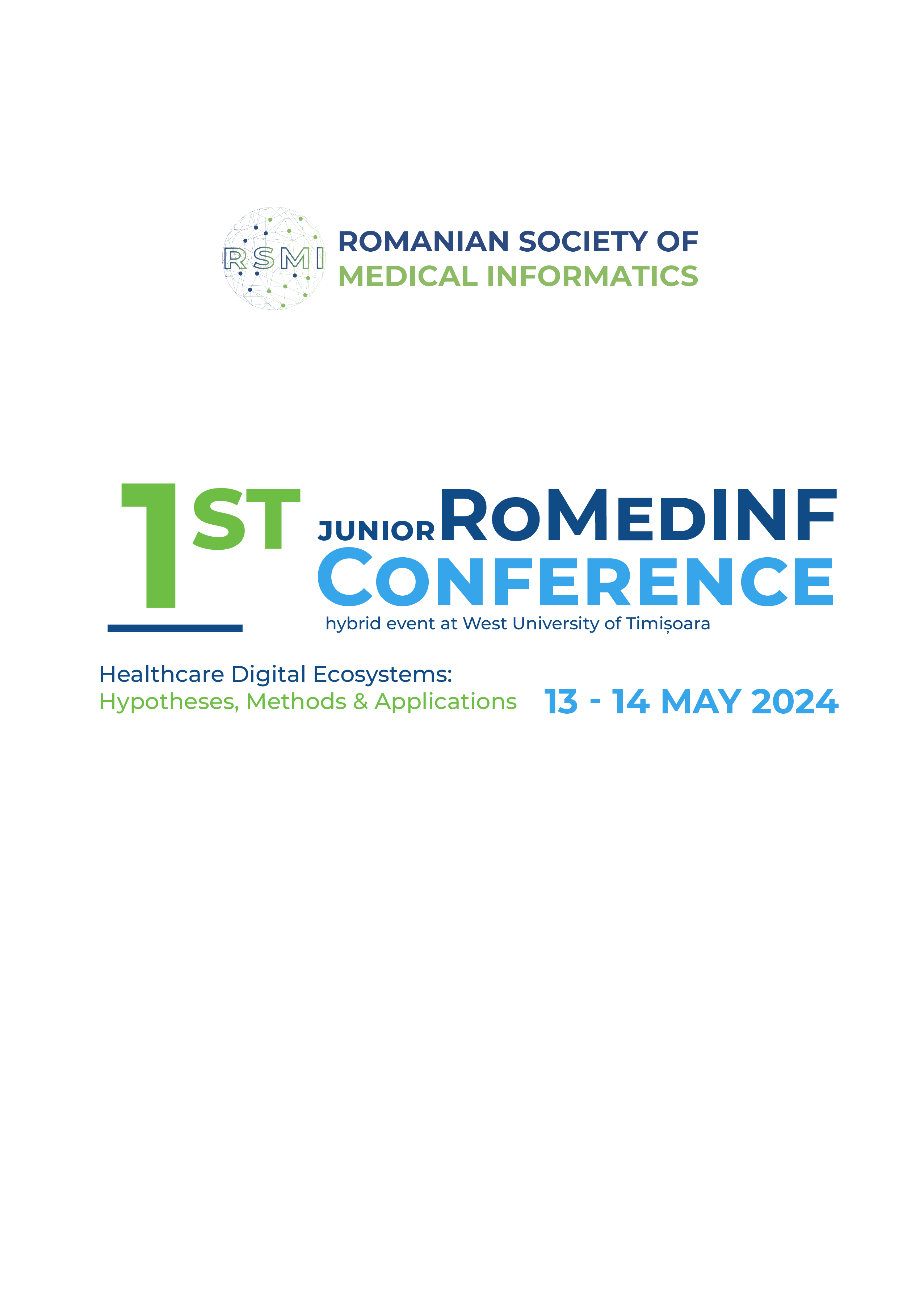Improving Medical Device Management and Streamlining Workflow in Healthcare Facilities
Keywords:
medical device, management, digitalization, maintenanceAbstract
The medical sector has experienced significant transformations in recent years due to advancements in technology and digital innovation. Effective management of medical devices has emerged as a crucial component of upholding healthcare standards. Simultaneously, biomedical engineers play a pivotal role in maintaining medical devices to ensure their optimal functionality and constant availability to patients. Currently, many healthcare facilities often rely on manual and fragmented processes for medical device management, scheduling, tracking, and documenting maintenance activities, leading to inefficiencies, increased downtime, and potential safety risks for patients. The aim of this paper is to highlight the benefits of implementing a computerized system for the management of medical devices and to create a basic variant of this system. To create the system, regulations, and recommendations at the national and international levels were researched and various technologies were used for a minimum viable product, such as Figma, React, and Python Flask. Implementing a computerized system streamlines workflow management, facilitates proactive maintenance scheduling, and ensures compliance with regulatory standards. This minimizes equipment downtime and extends the lifespan of medical devices, ultimately enhancing patient care and safety. Furthermore, the implementation of a computerized system for medical device management aligns with the broader initiative of promoting European Health Data Spaces. By digitizing maintenance data and integrating it into European Health Data Spaces, healthcare facilities can unlock the power of data, and contribute valuable insights into equipment utilization, performance trends, and maintenance needs. This data can facilitate evidence-based decision-making, optimize resource allocation, and drive continuous improvement initiatives across the healthcare ecosystem. In conclusion, the integration of computerized systems for medical device management offers streamlined workflows, proactive maintenance scheduling, and regulatory compliance, ultimately improving patient care and safety while aligning with broader initiatives like European Health Data Spaces.
Downloads
Published
How to Cite
Issue
Section
License
Copyright (c) 2024 Adelina-Elena EZARIU, Cătălina LUCA, Călin-Petru CORCIOVĂ, Marina-Georgiana ROMAN

All papers published in Applied Medical Informatics are licensed under a Creative Commons Attribution (CC BY 4.0) International License.

